Insect Classification And Taxonomy 101: Complete Guide
Insect classification can look complicated, in ordinary English not everybody uses the same names for the same insects.
For instance Slaters, Cheesybugs and Woodlice are all different names for the same animal, in different parts of the world.
This is why insect classification is so important. A scientist called Carl Linnaeus suggested in the 1750’s that an international way of naming things should be set up, so that scientists all over the world could understand each other better.
The science of naming things is called taxonomy and though it can become quite complicated, the basics are easy to understand.
On this page, we will examine things from the particular perspective of insect taxonomy.
How Insect Classification Works
All the living things are divided into a series of sets and subsets, depending on how closely related they are. For instance all living things are divided into 5 kingdoms
- Plants
- Fungi
- Animals
- very small things called Chromista
- other very small things called Protista
- even smaller things called Bacteria
- other even smaller things called Archaea
These last two are so small you can’t see them without a microscope.
Now let’s zoom down into insect taxonomy specifically and look at exactly how insects are classified.
The living members of the kingdom Animalia are divided into approximately 33 smaller groups called phyla singular phylum.
One of which, the Arthropoda is of particular interest to us. This phylum contains the hard shelled, jointed legged animals and is further divided into four smaller groups called Subphyla – or in some classification schemes Classes.
They are:
- Crustacea: things like prawns, crabs and woodlice;
- Myriapoda: centipedes, millipedes and the like;
- Chelicerata: (Arachnida), spiders, scorpions and harvestmen, etc.
- Uniramia (Insecta): things like beetles, bees and flies.
Now the uniramia or class insecta are divided into 28 even smaller, though still pretty large groups called Orders such as:
- Diptera, Flies;
- Coleoptera, Beetles;
- Phasmida, Stick-Insects;
- Dictyoptera, Cockroaches and Praying Mantids;
- Hymenoptera, Wasps, Ants and Bees
- Lepidoptera, Butterflies and Moths;
- and lots lots more.
After this we have Families. Within the order Lepidoptera there are about 90 families. Within each family are a number of Genera and within each genus are a number of Species.
For instance, the common European butterfly known as Small Tortoiseshell is is a member of all the following sets:
- Kingdom = Animalia
- Phylum = Arthropoda
- Class = Uniramia (Insecta)
- Order = Lepidoptera
- Family = Nymphalidae
- Genus = Aglais
- Species = urticae
You should note that most animals and plants are known only by their genus and species names, i.e. the small tortoiseshell is Aglais urticae. Note also that while the genus name is spelt with a capital letter, the species name is normally spelt with a small letter. In printed text the pair are normally written in italics, the rest usually remains unsaid.
You should also note that though an animal will generally share its genus, family, order and class names etc. with other animals, its combination genus/species name will be unique to it.
In some books you may find a person’s name or part of a person’s name written after the animal’s name, i.e. Euclida glyphica (Linnaeus, 1758).
This mean that Linnaeus was the first person to name this moth and that he did so in a work published in 1758. The brackets around his name mean that the species has since been moved to another genus. Linnaeus, being the first person to use this system widely, put a lot of moths in one genus (such as Noctua) and later taxonomists realised that some of them belonged to different genera and moved them – like putting them in a different box.
This means that the species was named and described by Linnaeus, but the genus was described later be a different taxonomist. This process is called taxonomic revision. Also you will occasionally see some species written in a shortened form, e.g., Formica exsecta Nyl., Nyl stands for Nylander and the date is omitted.
I personally do not like this, but people do use it. However it is not much use, if the reader doesn’t know what Nyl. or Hb. stands for and the relevant publication date.
The Class Insecta
Insect taxonomy and classification can, and in fact does, get extremely complicated. With a large number of people discussing the merits of various taxonomic schemes. The one I have followed here and throughout these pages is adapted from that used by the online database Catalogue of Life – and is a basically functional, if not extremely up to date system.
However at the moment, it is important to realise that the greatest use of insect taxonomy is in the facilitation of communication between workers in similar areas – and that the differences between various schemes are fairly unimportant until you know enough to contribute to the argument.
A basic understanding of the relationships between various groups of insects can be gained from any basic taxonomic setting.
The 29 insect orders are numbered in an approximate series of evolutionary complexity, with the oldest and most primitive groups being listed first. They are further classified together into a number of groups depending on their degree of relatedness.
The first four orders are known as the Apterygote orders because all the adults are wingless. Like the immature stages these have no true metamorphosis and are the most primitive insects alive today.
The other 25 orders are called the Pterygote orders because we believe they all evolved from winged forms, even those like the Siphonaptera (Fleas) which are all wingless now.
These are divided up into 16 Exopterygote orders, which have an incomplete metamorphosis (i.e. no pupal stage) and develop their wings outside of their main body; and the Endopterygote orders, which undergo a complete metamorphosis including a pupal stage and have their wings develop inside the body (which are therefore not visible until the adult insect emerges from the pupa).
The Insect Orders
The Apterygota (Wingless insects with no true metamorphosis at all)
| Taxonomic Name | Common Name | Number Worldwide | Number in the UK | Number in Australia |
|---|---|---|---|---|
| Thysanura | 3 Pronged Bristletails | 55 | 9 | 25 |
| Diplura | 2 Pronged Bristletails | 600 | 11 | 32 |
| Protura | Proturans | 10 | 17 | 30 |
| Collembola | Springtails | 3000 | 300 | 400 |
The Exopterygota (Hemimetabolous insects with incomplete metamorphosis
| Taxonomic Name | Common Name | Number Worldwide | Number in the UK | Number in Australia |
|---|---|---|---|---|
| Ephemeroptera | May flies | 2000 | 36 | 124 |
| Odonata | Dragon Flies | 5000 | 43 | 248 |
| Plecoptera | Stone Flies | 1700 | 34 | 248 |
| Grylloblatodea | Ice Bugs | 16 | 0 | 0 |
| Orthoptera | Grasshoppers | 20000 | 33 | 1513 |
| Phasmida | Stick Bugs | 3000 | 3 | 133 |
| Dermaptera | Earwigs | 1200 | 5 | 60 |
| Embioptera | Web Spinners | 300 | 0 | 65 |
| Dictyoptera | Roaches and Mantids | 6000 | 4 | 520 |
| Isoptera | Termites | 1900 | 0 | 182 |
| Zoraptera | Zoraptera | 22 | 0 | 0 |
| Psocoptera | Book and Bark Lice | 2000 | 68 | 120 |
| Mallophaga | Biting Lice | 2800 | 225 | 186 |
| Siphunculata | Sucking Lice | 300 | 61 | 22 |
| Hemiptera | True Bugs | 100000 | 1410 | 3661 |
| Thysanoptera | Thrips | 500 | 180 | 287 |
The Endopterygota (Holometabolous insects with complete metamorphosis)
| Taxonomic Name | Common Name | Number Worldwide | Number in the UK | Number in Australia |
|---|---|---|---|---|
| Neuroptera | Lacewings | 4700 | 60 | 412 |
| Mecoptera | Scorpion Flies | 400 | 4 | 20 |
| Siphonaptera | Fleas | 1400 | 53 | 68 |
| Coleoptera | Beetles | 370000 | 3700 | 19219 |
| Strepsiptera | Stylops | 370 | 16 | 9 |
| Diptera | True Flies | 100000 | 5700 | 6256 |
| Lepidoptera | Moths and Butterflies | 150000 | 2400 | 11221 |
| Trichoptera | Caddis flies | 5000 | 188 | 260 |
| Hymenoptera | Ants Bees and Wasps | 120,000 + | 6700 |
If you still in search of more glorious taxonomic information, don’t forget to check out our page on Entomology Text Books.

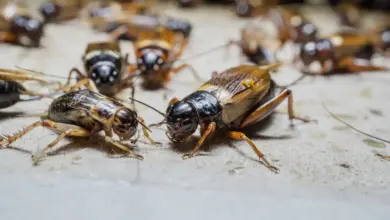
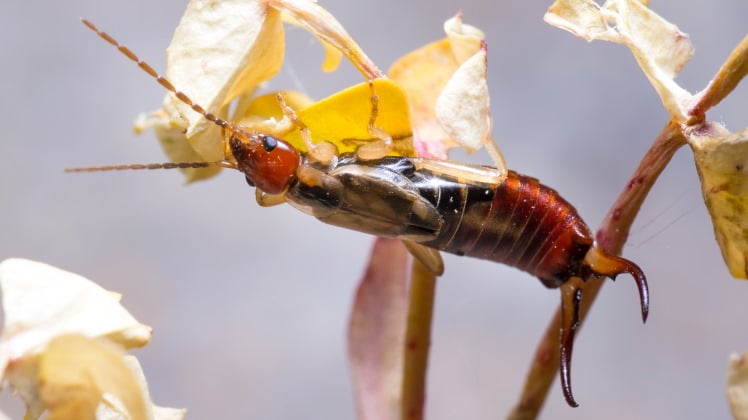
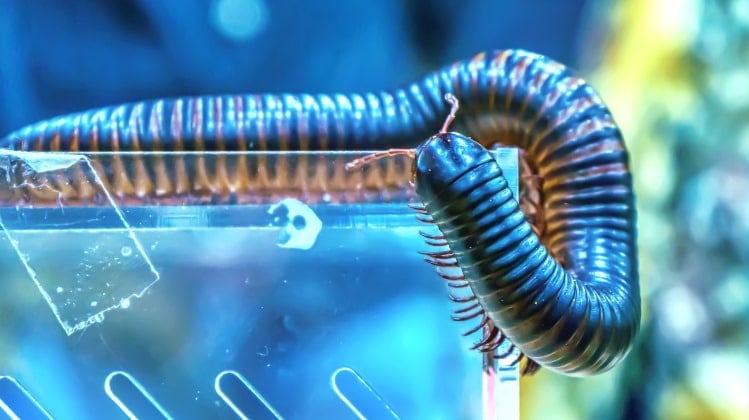
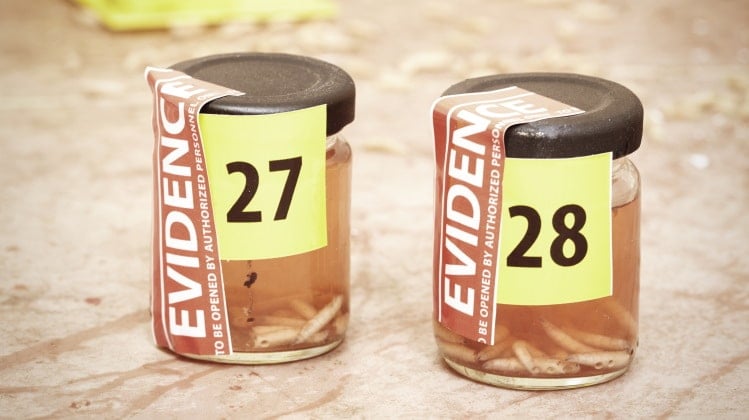
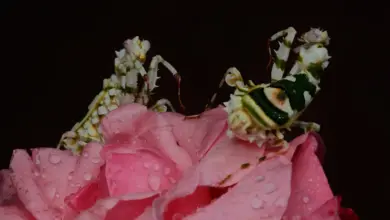
I took one college entomology 101 and got hooked.
Is there a simplified taxonomy guide that narrows down insects to a species using a few clearly distinct characteristic such wing venation/color, antennae style/segment, dorsal claw, etc.? I found that there is usually 2-3 very distinct visual clues that narrow it down to a species without microscopic examination or chemical analysis.
Any suggestions?
I do not know of anything like what you are looking for, especially as this site is international in it’s scope, the massive diversity amongst the insects of the world, and the very small size of so many of them makes this impossible. While many experts can identify insects to order and in some groups family or even genus by site, even for group specific experts, keys, often involving genital dissection, are an essential tool of the trade. For larger species such as Orthoptera and Odonata it is often possible to learn the fauna of a local area well enough to ID most specimens to species level, this is not possible for groups like Diptera, Hymenoptera and Coleptera. For example, in my biodiversity studies of a national park in Greece I could record most species of Odonata on sight, but I needed microscope examination to separate several closely related species.
Lovely! Thank you. Very helpful.